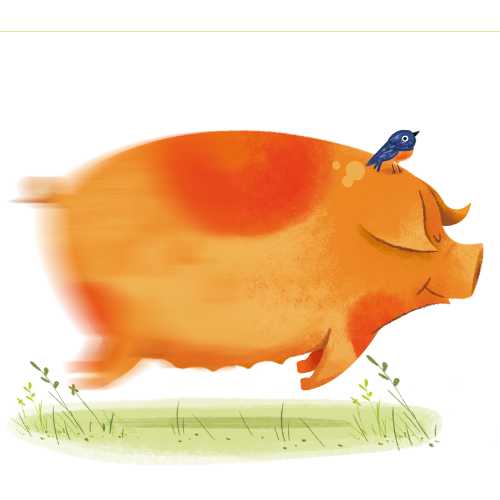This months blog is about measuring the carbon footprint on the farm. Angus, an agricultural student at the University of Reading, is working here during his placement year. His role here is as a researcher collecting field data as well as an extra pair of hands on the farm. He is looking at areas of the farm that are good at carbon sequestration and areas that can be improved.
A note from Angus
‘Climate change has been hard to ignore with so much extreme weather shown all over the news recently. With talk of COP26, industrial agriculture has come back into the limelight.
Within agriculture, there can be a huge range in the amount of carbon emitted. This will depend on different management practices within agriculture. Livestock is by far the largest carbon emitter on the farm. However, with grass fed cows, like our ‘Good Beef Range’, and other ruminants helping to fix carbon. These will also increase diversity and provide food. Nutrition has a huge impact on emissions. There are new discoveries, such as Asparagopsis taxiformis seaweed, which is found to reduce the emissions in dairy cows. Reducing their negative impacts would be astounding for the country as a whole.
On farms, a huge percentage of carbon is sequestered and preserved in the soil. This is more prominent within organic farms though, therefore to get a reliable data collection, soil analysis will be done.
Using Eastbrook Farm as a pilot, the next step during my placement is to assist with the Soil Association exchange project. Carrying out and comparing different field tests in order to create meaningful data. Thus, farmers can accurately compare results and help each other improve practices with the help of peer to peer development towards regenerative agriculture.’


